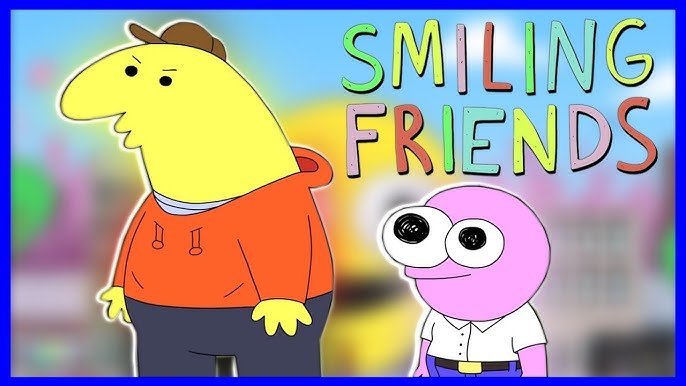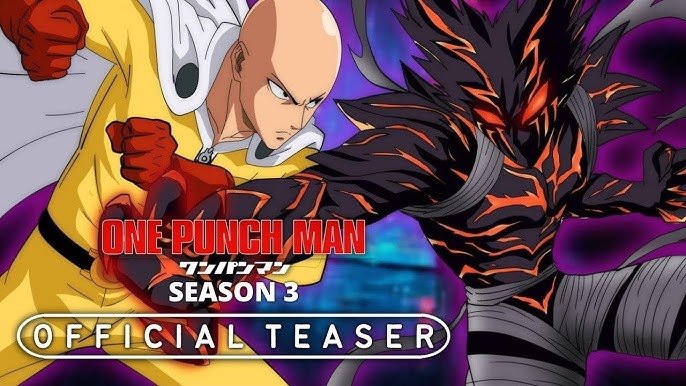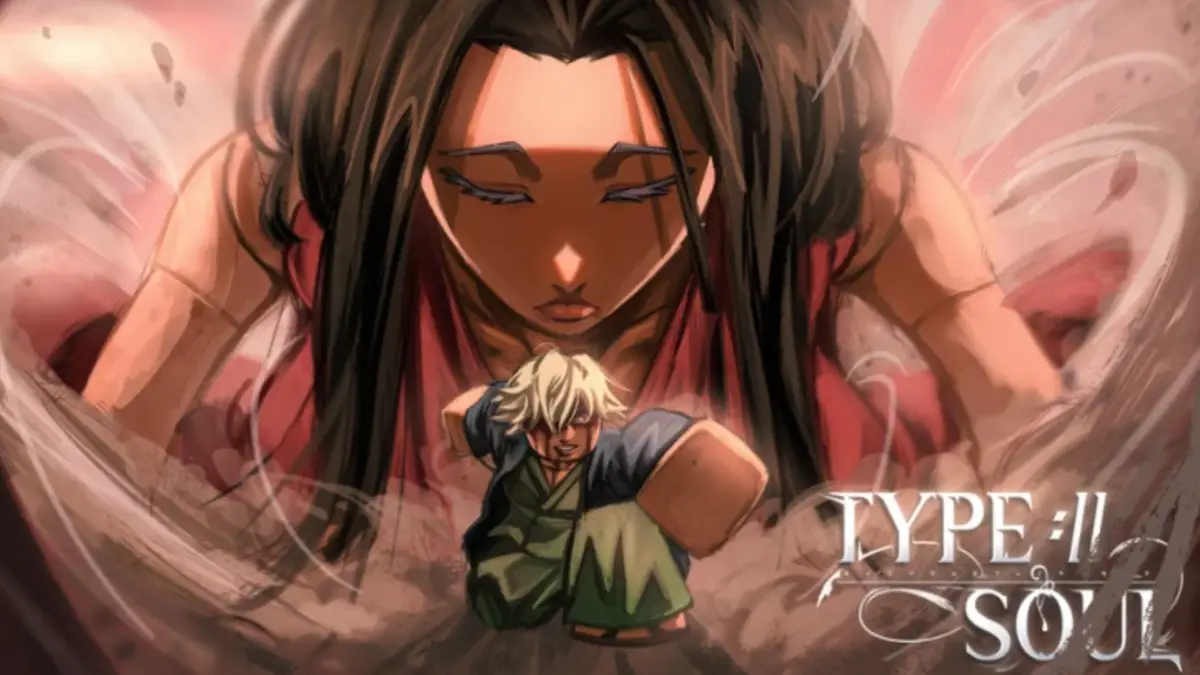Tarot Movie: Exploring the Mystical World of Tarot in Cinema
Tarot cards have fascinated people for centuries, offering a glimpse into the unseen realms of human experience. In recent years, this mystical tool has made its way into the world of cinema, creating a unique fusion of storytelling, mysticism, and entertainment. The concept of a tarot movie captures the imagination by combining the ancient art of tarot readings with the power of visual media. Whether it’s a supernatural thriller, a character-driven drama, or a quirky fantasy, tarot-themed films often delve into themes of fate, destiny, and self-discovery.
In this article, we’ll take an in-depth look at tarot movies, their history, their symbolism, and the impact they’ve had on the film industry. We’ll also explore notable examples of tarot-themed films and examine how filmmakers use tarot cards to create tension, drama, and mystical intrigue.
What is a Tarot Movie?
A tarot movie is any film that incorporates the symbolism, imagery, or themes of tarot cards into its storyline. Tarot cards are used in various ways in these films, either as a literal part of the plot—where characters consult tarot readers—or as a symbolic device that reflects the internal struggles and journeys of the characters.
At its core, a tarot movie often involves a deep exploration of fate, destiny, and personal transformation. Tarot cards themselves are rich with symbolism, representing different aspects of human life, such as love, conflict, success, and challenges. Filmmakers use this symbolism to enhance the narrative and create deeper layers of meaning within their films.
The Symbolism of Tarot Cards in Cinema
The tarot deck consists of 78 cards, each with its own symbolic meaning. These cards are divided into two main categories:
- Major Arcana: 22 cards that represent significant life events or spiritual milestones. They are often seen as archetypal representations of the human experience.
- Minor Arcana: 56 cards that focus on the day-to-day aspects of life. These are broken down into four suits: Cups, Wands, Swords, and Pentacles.
In tarot movies, filmmakers often use these cards as metaphors or visual cues. A film might use a particular card, like The Fool or The Tower, to signal a turning point in the plot or the character’s journey.
Examples of Tarot Card Symbolism in Movies
Here are a few examples of how tarot symbolism plays out in some well-known films:
- The Fool: This card represents new beginnings, innocence, and taking risks. In films, characters who are embarking on a journey or making a bold decision may be associated with this card.
- The Tower: Known for representing sudden upheaval or disaster, The Tower card often appears in movies when a character’s world is turned upside down, leading to chaos and destruction.
- The Lovers: Often connected to romance, union, or difficult choices, this card can symbolize a pivotal moment in a character’s love life or personal relationships.
The History of Tarot in Cinema
The use of tarot cards in cinema can be traced back to the early 20th century, with filmmakers starting to experiment with mystical and supernatural themes. Early films in the horror and fantasy genres frequently featured tarot readings as a way to introduce mystery or foretell doom.
One of the earliest films to incorporate tarot was “The Cabinet of Dr. Caligari” (1920), a German expressionist film that is considered a landmark in horror cinema. The film features surreal and symbolic imagery, which echoes the themes found in tarot cards, even though the cards themselves aren’t explicitly shown.
In the 1940s and 1950s, as interest in the occult grew in the West, filmmakers began incorporating more direct references to tarot cards. Movies like “The Night of the Hunter” (1955) used tarot imagery to explore themes of good versus evil, with the cards becoming a way to foreshadow tragic events.
By the 1960s and 1970s, tarot cards had become a popular tool for filmmakers working in genres such as horror, psychological thrillers, and neo-noir films. The symbolic weight of tarot was perfect for creating tension and mystery, making it an ideal choice for directors who wanted to explore the human psyche or predict the fate of their characters.
Notable Tarot Movies in Cinema
There are a number of films where tarot plays a key role in the plot, whether it’s as a plot device, a source of mystery, or a way to unlock deeper layers of character development. Let’s take a look at some of the most notable tarot-themed films in recent history.
1. The Seventh Victim (1943)
This classic horror film, directed by Mark Robson, follows a young woman searching for her missing sister, who has become involved in a satanic cult. The cult leader is a tarot card reader, and tarot imagery is used to foreshadow the dark and twisted events of the film. The film uses the symbolism of the cards to explore themes of fear, guilt, and fate, making it one of the first examples of a tarot movie in Hollywood.
2. The Tarot Reader (1974)
This film is a psychological thriller about a tarot card reader who becomes involved in a series of mysterious events. As the protagonist delves deeper into the tarot deck, the film explores themes of intuition, the unknown, and the power of suggestion. It’s a direct representation of how tarot can influence the course of a character’s life.
3. Live and Let Die (1973)
The James Bond film Live and Let Die features a tarot card reader who predicts the fate of Bond and other characters. Tarot cards are used to provide an air of mysticism and foreboding, a perfect match for the film’s action-packed storyline. The cards play a subtle but significant role in establishing the tone of the movie.
4. The Holy Mountain (1973)
Directed by Alejandro Jodorowsky, The Holy Mountain is a surreal and visually striking film that incorporates the imagery of tarot cards in a profound way. Jodorowsky, a former tarot reader himself, uses the Major Arcana to construct an allegorical narrative that touches on themes of enlightenment, spirituality, and transformation.
5. The Fountain (2006)
Darren Aronofsky’s The Fountain is a meditation on life, death, and rebirth. While not explicitly a “tarot movie,” it draws heavily on the symbolism found in the tarot, particularly the themes of transformation, spiritual growth, and cyclical time. The film’s use of visual metaphors echoes the rich symbolism of tarot cards, making it a perfect example of how tarot influences cinema.
How Tarot Movies Influence Storytelling
Tarot movies can significantly influence storytelling by introducing a sense of fate and destiny. The use of tarot cards in a film often signals that the characters’ paths are influenced by forces beyond their control, pushing the narrative into a realm where the unknown reigns.
Creating Atmosphere
The mystical allure of tarot helps create a unique atmosphere in films, often heightening the tension or sense of foreboding. Filmmakers use tarot cards as a visual motif to suggest that something larger is at play—whether it’s destiny, the supernatural, or even the subconscious mind of the characters.
Psychological Depth
Tarot readings often reveal hidden truths or potential outcomes, making them a perfect tool for exploring a character’s inner turmoil or psychological depth. By consulting the cards, characters can gain insight into their past, present, or future, leading them to make decisions that dramatically impact the storyline.
Foreshadowing and Plot Development
Just as tarot readings can offer glimpses of the future, they also serve as an effective method of foreshadowing events in a movie. Filmmakers can subtly use tarot imagery to hint at what’s to come, creating suspense and anticipation in the audience. Tarot movies often have a non-linear narrative structure, where time seems fluid and events unfold in unexpected ways.
Why Do We Love Tarot Movies?
There’s something inherently captivating about tarot movies that draws audiences in. Whether it’s the mysterious aura surrounding tarot readings or the rich symbolism that enhances the storytelling, tarot-themed films offer a unique cinematic experience. Here are a few reasons why people are so intrigued by tarot movies:
- Mysticism: Tarot cards represent the unknown, tapping into human curiosity about fate and the supernatural.
- Symbolism: Tarot offers a deep well of symbolism that filmmakers can draw from to enhance the themes of a film.
- Character Growth: Tarot cards often represent personal journeys, making them a powerful tool for character development.
- Psychological Tension: The uncertainty of what the tarot will reveal mirrors the emotional and psychological tension in the characters’ lives.
Conclusion
Tarot movies represent an exciting fusion of mysticism and cinema, offering filmmakers a unique way to explore complex themes like fate, destiny, and personal growth. The use of tarot cards in movies enriches the storytelling process, adding layers of symbolism, suspense, and psychological depth. From classic films like The Seventh Victim to modern works such as The Fountain, tarot has played a key role in shaping the way we experience film, making it a fascinating subject for both filmmakers and audiences alike.
As we continue to explore the mystical world of tarot in cinema, it’s clear that the allure of the tarot card, with its rich symbolism and connection to the unseen, will continue to inspire and captivate viewers for years to come. Whether you’re a fan of mystery, drama, or the supernatural, tarot movies offer something unique that keeps us coming back for more. So next time you sit down to watch a tarot movie, take a moment to reflect on the cards and the hidden truths they may reveal about the characters on screen—and perhaps even about yourself.





Post Comment